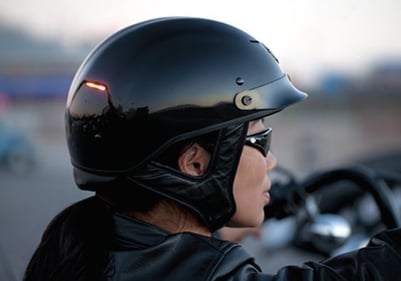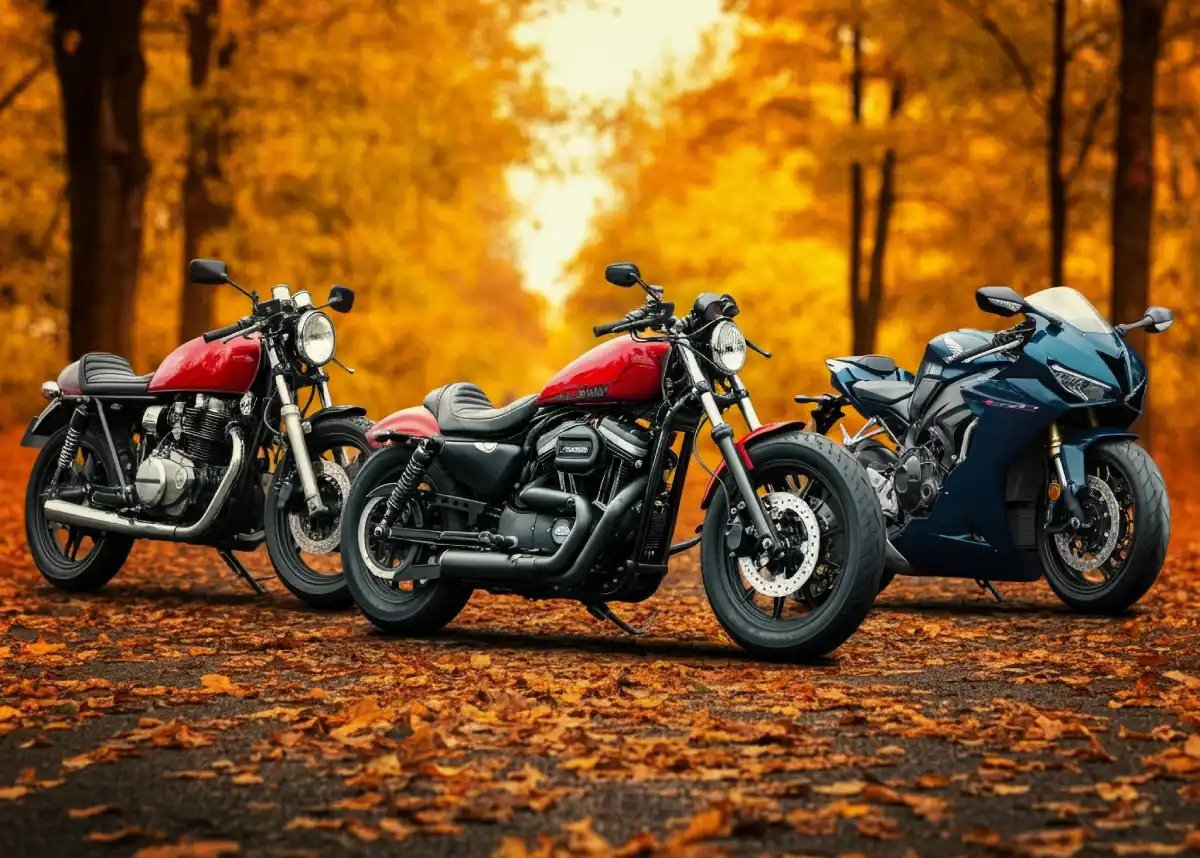
TL;DR
Looking for scenic routes for motorcycles near me this fall? Central Indiana delivers. Here are five must-ride routes that blend color, curves, and throttle therapy:
- Fall Creek Road – Easy city escape with wooded views and light curves
- Brown County Scenic Loop – Big fall color and mountain-style riding vibes
- Morgan-Monroe State Forest – Quiet, cool, and perfect for a reset
- Eagle Creek to Traders Point – Lakeside twisties and open-road ease
- Indy to Madison Run – A full-day adventure with river views and small-town charm
When the leaves start to turn and the air gets that perfect fall crisp, it’s time to chase the horizon. Autumn in Indianapolis brings out the best in the Midwest’s landscape, which feels made for two wheels.
If you’ve been searching for scenic routes for motorcycles near me, you’re in the right place. We’ve rounded up our favorite fall rides around Indy. These are routes that deliver the kind of views, curves, and freedom riders live for.
1. Fall Creek Road – The Hidden Gem in the City
Tucked away on the northeast side of Indianapolis, Fall Creek Road is one of those better-than-expected motorcycle routes. It winds alongside Fall Creek and meanders through wooded stretches, quiet neighborhoods, and sections of Fort Harrison State Park. In the fall, the tree canopy pops, creating a tunnel of color that feels well beyond city limits.
This route is ideal for riders who want a laid-back cruise without the long haul. It’s close, scenic, and just curvy enough to keep things interesting, especially near Fort Ben.
Fall Creek Road is proof that you don’t have to head hours out of town to find great riding nearby. It’s the kind of ride that’s perfect for a weekday evening cruise or a quick weekend reset. For Indy riders looking for good local motorcycle routes that bring the beauty of the season, this one’s a no-brainer.
2. Brown County Scenic Loop – Indiana’s Answer to the Smokies
If you’re craving curves, elevation, and those big autumn views, the Brown County Scenic Loop delivers. This ride snakes through Indiana’s most dramatic terrain.
Begin in Nashville, Indiana, and take either SR 135 or SR 46, both of which lead to Brown County State Park. On the way, the rolling hills explode into scenic vistas with fall color around every curve.
This is a favorite among riders who appreciate a mix of technical turns and wide-open scenery. Along the way, you’ll pass through unique stops and overlooks that make it hard not to pull over. Whether you’re riding solo or on a group run, this loop feels like an escape without ever leaving the state.
The Brown County Scenic Loop easily earns a spot among the best cross-country motorcycle routes in the Midwest. It’s the kind of ride where throttle and lean become second nature and where every corner rewards you. If you’re looking for a route that gives off Smoky Mountain vibes right here in Indiana, this is it.
3. Morgan-Monroe State Forest Ride – Quiet, Cool, and Curvy
Sometimes, the best rides are the ones where the world just quiets down. And that’s exactly what you get with the Morgan-Monroe State Forest Ride.
Just south of Indy, this route follows Old State Road 37 through dense woods, soft hills, and miles of uninterrupted pavement. It’s not the longest stretch, but what it lacks in distance, it makes up for in atmosphere. In the fall, the air is crisp, the roads are dry, and the forest glows with deep reds and golden yellows. This is where throttle meets therapy.
The curves here are smooth and rolling—nothing too aggressive—making it ideal for clearing your head or breaking in new riders. There’s a calm to this area, and that’s why it’s one of Central Indiana’s good motorcycle routes for an escape. Pack a thermos, pull off at one of the scenic pullovers, and soak it all in.
Morgan-Monroe might not be a stop on the big cross-country motorcycle routes, but it sure feels like a detour worth taking. It’s a local favorite with just enough twists and terrain to keep things interesting. If you’re looking for a route that captures the peaceful side of fall riding in Indiana, this one hits the mark.
4. Eagle Creek Park to Traders Point – Lakeside Twisties and Open Roads
For riders looking to keep it close to Indy, the loop around Eagle Creek Park to Traders Point is a solid go-to. It’s one of those scenic routes for motorcycles near me that delivers more than you'd expect. This includes curving lakeside roads, thick forest lines, and open patches where you can roll on the throttle.
Start near the reservoir, wind your way through the park area, and head northwest toward Traders Point. You’re sure to find a smooth blend of nature and open-road freedom.
The beauty of this route lies in its simplicity. It’s short enough for a quick ride, but rich enough in views to make it feel like a real getaway. The elevation changes around Eagle Creek give you just enough lean to keep it interesting. There’s even a handful of roadside pull-offs perfect for taking a photo or just catching your breath.
Whether you’re a new rider building confidence or a seasoned vet scouting new routes, this one hits a sweet spot. You’ll find the kind of peaceful corners and quiet straights that make fall riding in Indy so special.
5. The Indy to Madison Run – Full-Day Fall Adventure
If you’ve got a full tank, an open day, and a hunger for the horizon, ride from Indy to Madison. This route takes you south on SR 135, SR 7, or SR 421. Each offers its own flavor of rolling hills, farmland, and winding forest stretches.
It’s one of those longer hauls that captures the spirit of cross-country motorcycle routes. In the fall, with leaves turning and the air cooling down, this ride becomes pure Midwest gold.
As you close in on Madison, the road begins to hug the Ohio River, and the view shifts from rural to cinematic. The historic river town is a favorite among riders for its charming waterfront, downtown, 19th century architecture, and its beautiful surroundings. Clifty Falls State Park is an easy stop for a hike or a recharge before the return trip.
Whether you ride straight through or take your time exploring, the Indy to Madison run is a must. It’s a reminder that the best rides don’t always start with an interstate. Sometimes, they start with a map, a good riding jacket, and a wide-open morning.
Hit the Road This Fall with Southside Harley
Fall in Indiana was made for riding, and these routes prove that you don’t have to go far to find the kind of roads that remind you why you ride.
You don’t have to rely on cross-country motorcycle routes to find great riding. Central Indiana has plenty to offer, with scenic routes for motorcycles near me, hidden gems, and small-town stops that all deserve a spot on your fall ride list.
At Southside Harley, we live for this season and everything it brings: cooler temps, colorful views, and rides that make you fall in love with your bike all over again.
Ready to chase the horizon? Browse our collection of Harley-Davidson Motorcycles here.


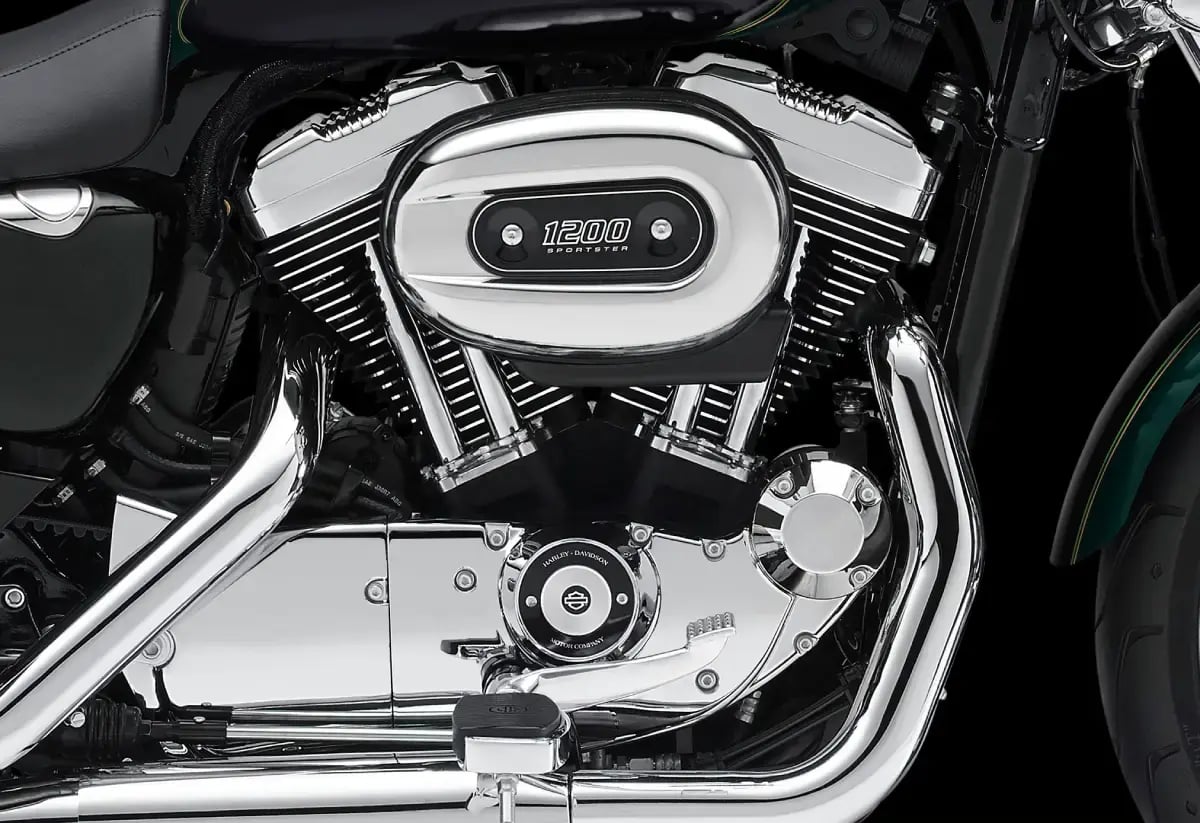
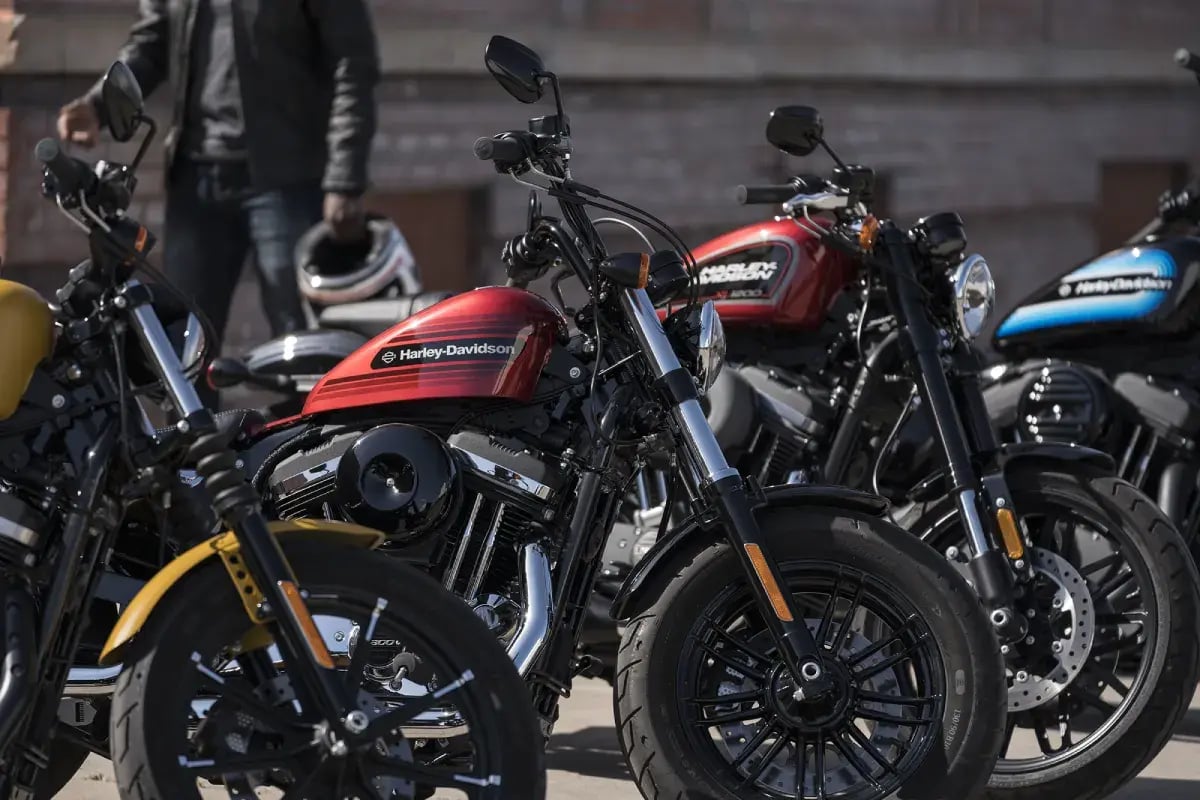
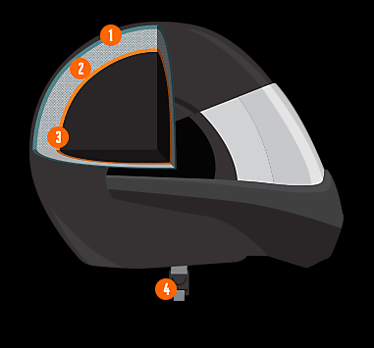
.jpg?width=226&name=helmet1%20(1).jpg)
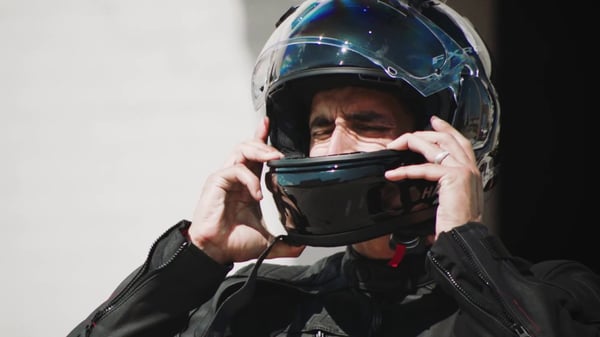

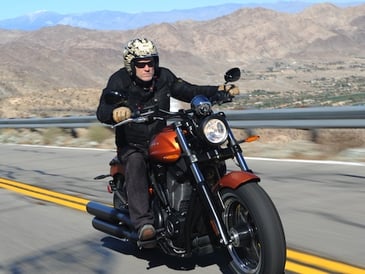 With an open face helmet, you'll experience the most airflow, but your face is left vulnerable to the elements and foreign objects you may encounter out on the road. For this reason, many riders who opt for open face helmets may also choose accessories to aid in protecting areas of their face, such as goggles, a balaclava, or even just a bandana to protect your mouth.
With an open face helmet, you'll experience the most airflow, but your face is left vulnerable to the elements and foreign objects you may encounter out on the road. For this reason, many riders who opt for open face helmets may also choose accessories to aid in protecting areas of their face, such as goggles, a balaclava, or even just a bandana to protect your mouth.